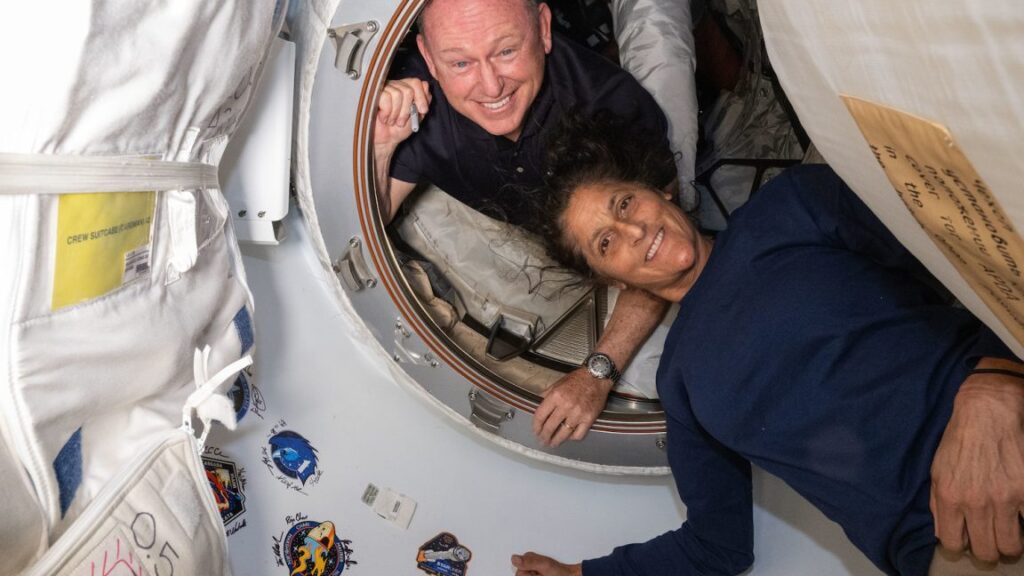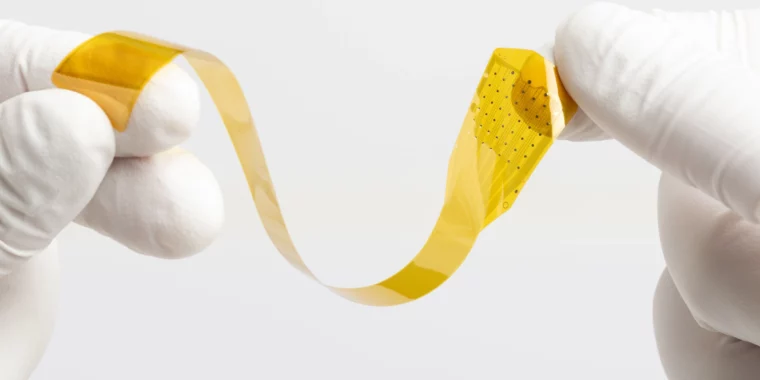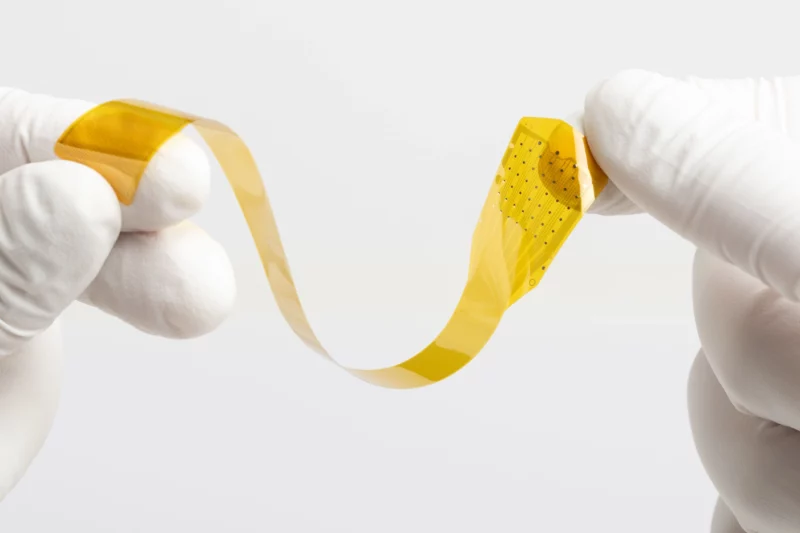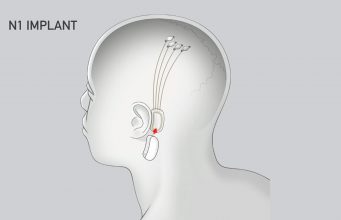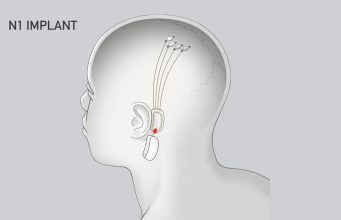What would happen if Trump retaliated against Musk’s companies?
The reason that Biden did not terminate these contracts, as Trump asserts he might well have, is because SpaceX has generally provided space services to the US government at a lower cost and on a faster timeline than its competitors. Were the Trump administration to sever its relationship with SpaceX, it would effectively set the US space enterprise back a decade or more and give China’s ascendant space program clear supremacy on the world stage.
Tesla
Although Tesla has received federal contracts over the years, these have mostly been rather small, considering the company’s size—less than $42 million between 2008 and 2024. But federal subsidies are far more important to the carmaker. The IRS clean vehicle tax credit provides up to $7,500 off the purchase price of a new EV for many buyers, and all new leased Teslas are eligible for a $7,500 commercial clean vehicle tax credit. Other tax credits exist for solar and Powerwall customers.
Additionally, Tesla has benefited extensively from selling emissions credits to other automakers, although California’s “Zero Emissions Vehicles” program and the European Union are also sources of these credits in addition to the federal government.
If the Trump administration really wanted to hurt Musk’s companies, it might be more effective to do so through regulatory agencies rather than terminating contracts that, by and large, benefit the US government.
For example, the National Highway Traffic Safety Administration could put the screws to Tesla’s efforts to develop Full Self Driving and Autopilot features in its vehicles. And the Federal Aviation Administration could stall SpaceX’s ambitious Starship program and prevent further expansion of its launch facilities.
Regardless of what actions the Trump administration could take to harm Tesla, shares of the EV maker are suffering. As of this writing, the share price is down nearly 15 percent since the market opened.
With Trump’s willingness to use the vast power of the federal government for his own whims, there really is no end to the ways in which he could harm Musk. But some of these measures would also do some self-harm to the country. Would Trump care? Will there be a rapprochement? As Musk likes to say about Starship launches, “Excitement guaranteed.”
Ars automotive editor Jonathan Gitlin contributed to this report. This post was updated on June 5 to add comments from Musk about decommissioning the Dragon spacecraft.
What would happen if Trump retaliated against Musk’s companies? Read More »

